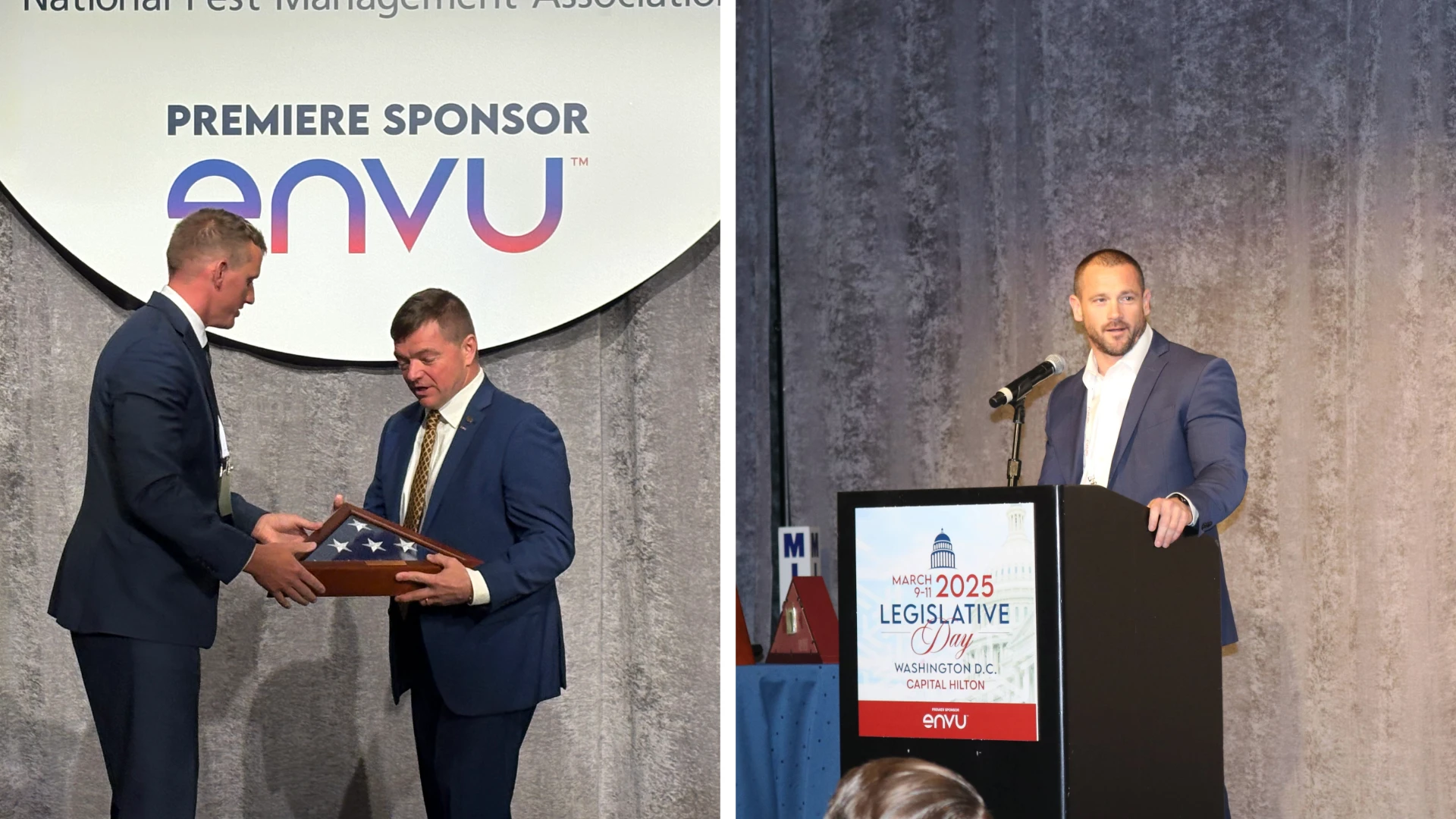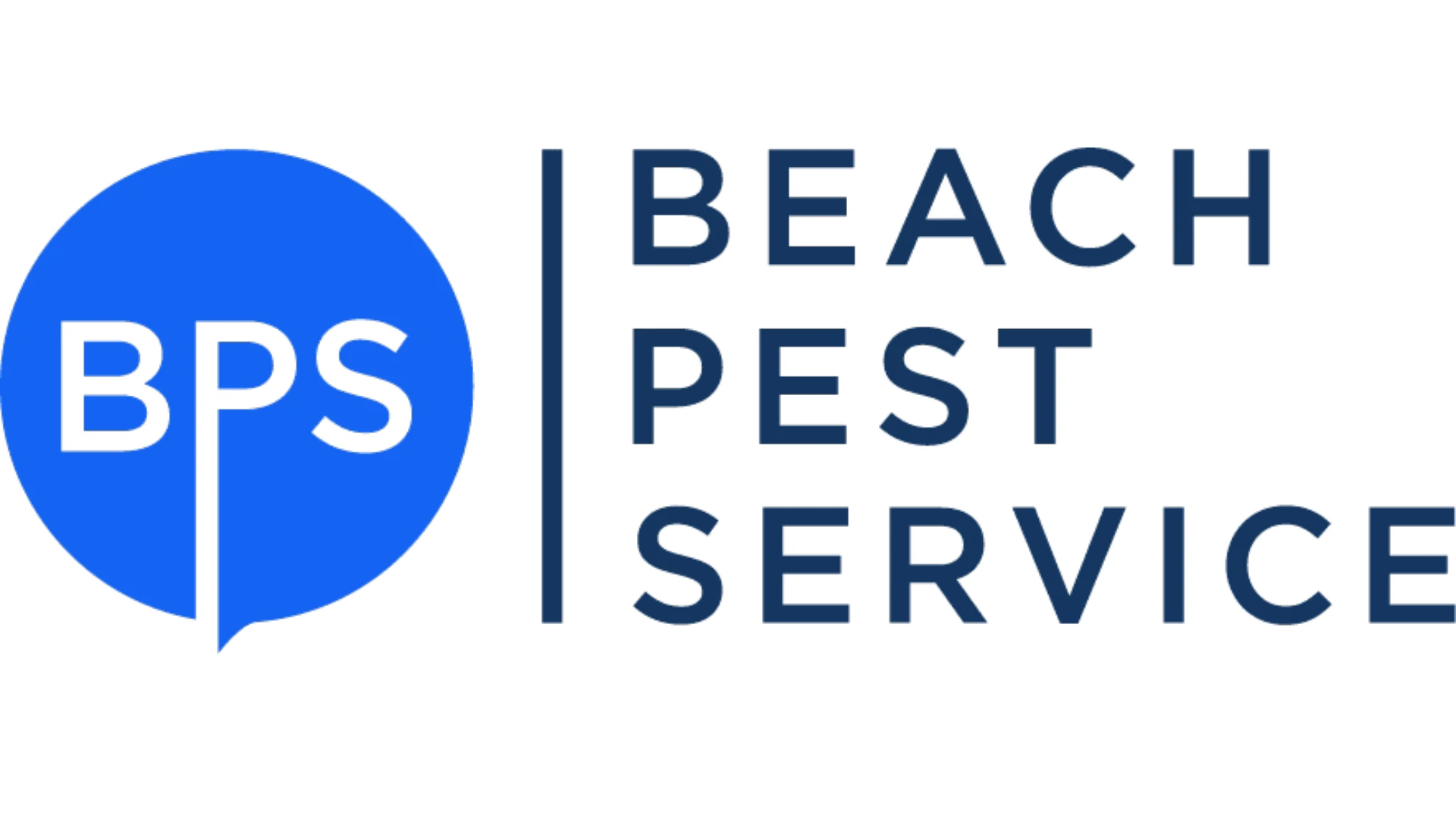PROBLEM CANADIAN GEESE
Q. A church our pest control company works for in New York has two Canadian Geese on the site and church officials are about to embark on a major building program.
Do you know of any instances where building has been halted on private property in order to protect the geese? Should we remove the geese so as not to attract others? What methods do you suggest? (R.D., N.Y.)
A. Whenever wildlife is involved you have to look around and see who might be interested in protecting that wildlife. The presence of two geese — I assume they are nesting — usually does not cause too much concern.
By starting the building project the geese may move on by themselves if their nesting activities are not too far along. Any other type of removal will take some serious consideration.
First, any "removal" will need a federal permit from the U.S. Fish and Wildlife Service. These birds are migratory birds and cannot be touched without a permit.
If there is water involved, for example, a pond or lake, where the pair may be nesting, you may have to consider hiring a wildlife professional that deals with geese problems. There have been a lot of projects in and around municipal areas where dogs have been used to hassle the birds and the geese leave. Disturbing the nest may be another solution. But again, permits are needed and you will have to contend with two rather large and nasty birds trying to protect that nest.
If the birds are feeding in the area, some of the newer repellents sprayed on the grass where they are feeding may help them move on.
I do not know of any situation where two birds stop a construction project. In addition, it does not matter whether it is private property or not since the bird is protected by federal law.
In short, there are ways to deal with them and most likely there will not be much concern by the local citizenry. If more birds start showing up then you may have some increased interest in the birds.
SILVERFISH SOLVED
Q. We have a client in a condominium that has a serious problem with silverfish. It seems as if they are everywhere! Do you have any recommendations? (J.D., Alexandria, Va.)
A. The insects are silverfish, in fact they are what we call the four-lined silverfish. (Author’s note: By the way, I appreciate the method of mailing these to me. They are delicate critters and often it is difficult to identify the species.) These insects are very common in your part of the United States. They can be found throughout the structure, as you have found out. Since you are seeing these during the day, which is somewhat unusual, there must be a serious infestation.
First, I would spend time doing an inspection and using sticky traps as monitors. Try to determine the area of most sightings and activity. But these creatures can be widely spread so place traps in areas even where the insects have not been seen. Use these as a monitor during the treatment process.
Dusts and crack and crevice applications would be the recommended approach. Use a wettable-powder, an encapsulated product or the newer SC formulations for the residuals. Any dust would work well. If populations are high in the attic, consider powder dusting (or at least using a pump duster to direct application) around insulation in the attic area. In areas where sticky trap counts are high you may want to consider wall void dusting, using switch plates and wall sockets. The key here is a thorough treatment.
Another interesting item to note about the four-lined silverfish is that they can be found outside also. You may want to ask the customer if they have plants or other materials that are outside some of the year because this could be how the insect was introduced into the structure.
BIRDS UNDER ATTACK
Author’s note: Now for something a little different. I’ve been getting a lot of inquiries from homeowners about animals, like raccoons and snakes, attacking nest boxes of bluebirds. Here is an IPM method that has worked well. Attach to the bluebird house a 6- to 8-inch sleeve of hardware cloth. This sleeve fits around the opening for the birds, extending out from the house itself. The dimensions are 6 to 8 inches by 4 inches wide and 6 to 8 inches high. This stops the raccoon and the snakes will not try to enter either.
The author is president of George Rambo Consulting Services, Herndon, Va. Fax questions to him at 703/709-9637 or via e-mail at grambo@pctonline.com.

Explore the June 2000 Issue
Check out more from this issue and find your next story to read.
Latest from Pest Control Technology
- Understanding Rodents and Bird Flu
- Green Pest Solutions Awards Safest Driver New 2025 Ford F150
- UF/IFAS Sheds Light on Tiny Invaders During Termite Awareness Week
- Registration Open for Lawn & Landscape Technology Conference
- Fleetio Launches Automotive Service Excellence Scholarship
- WorkWave Appoints John Phelan as CTO
- PMPs Use Capitol Hill Visits to Push for Preemption
- 20 Trapping Tips





